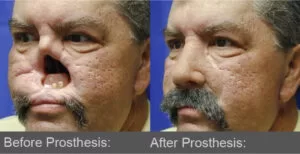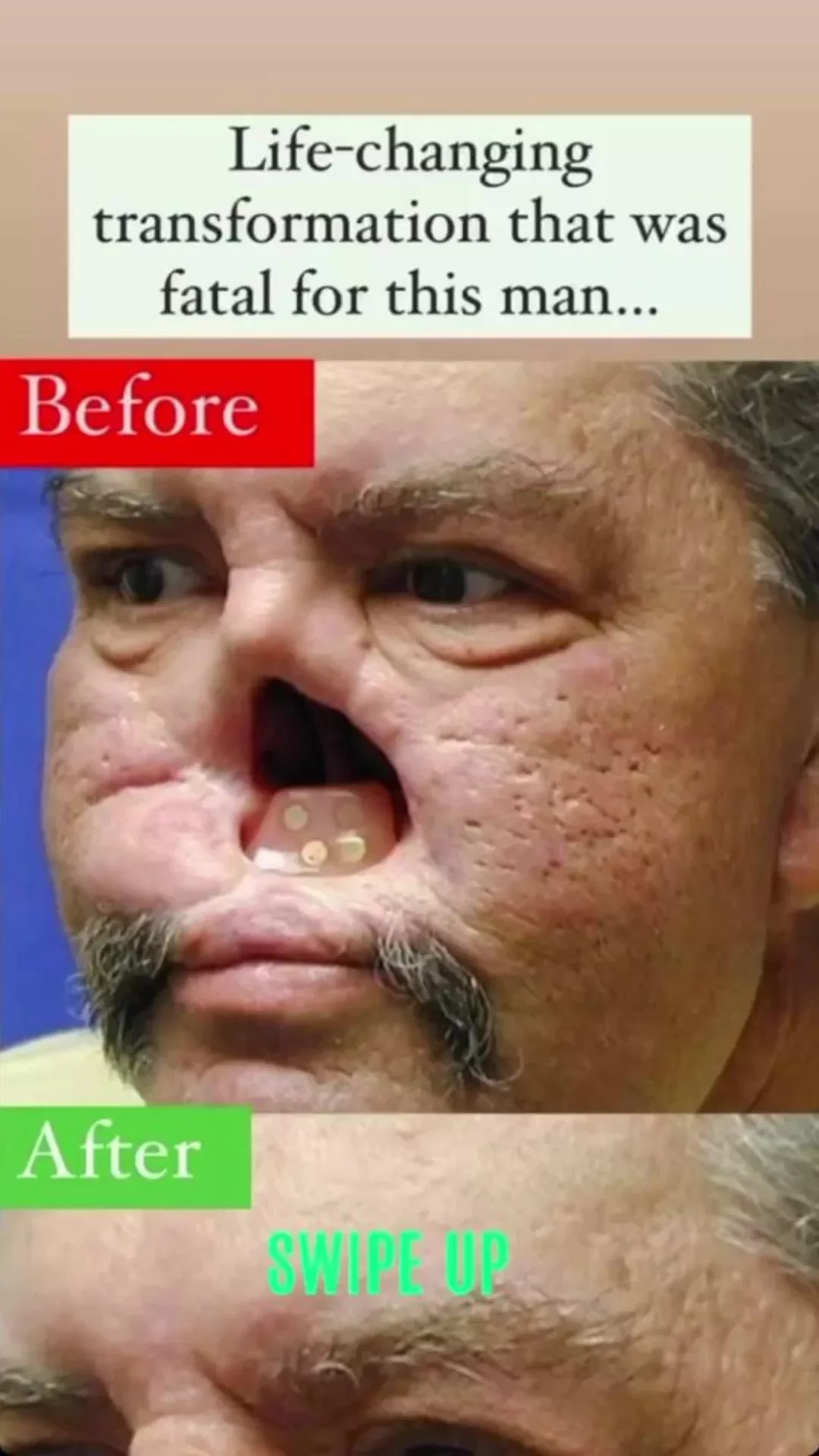Prostheses for facial reconstruction after head and neck cancer surgery may not be your typical art, but they are undeniably masterpieces. Each one is meticulously crafted to match the patient’s skin tone and features, offering a lifeline to those left disfigured by surgery, sparing them from the constant scrutiny of strangers.
According to Gaut, an expert in aesthetic philosophy, these prostheses possess moral beauty. Unlike traditional art, they aim not to elicit a positive response but to conceal any negative reactions. This noble purpose justifies their moral acceptability.
Moreover, these prostheses impart knowledge about human facial anatomy and showcase the patience and skill of their creators. They are both morally sound and aesthetically pleasing as they alleviate patients’ suffering and enhance their natural appearance.
Most importantly, they inspire ethical behavior by discouraging discrimination against patients with facial injuries. These prostheses exemplify how art can contribute to society’s well-being, making them a profound form of artistic expression.

